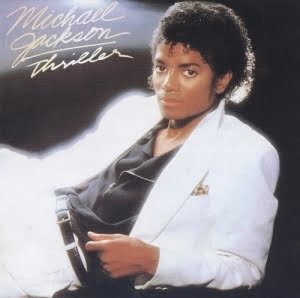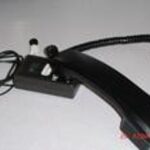My primary function as a certified alcohol awareness trainer is to teach servers and sellers of alcohol to recognize signs of intoxication, and then to confidently intervene in situations where someone has indeed consumed too much alcohol, and now is a potential danger to themselves or others. I believe that the recognition portion of the program that I teach, The TIPS Alcohol Awareness program, is valuable information for anyone that consumes alcohol, or perhaps hosts home get togethers where alcohol might be present, or even to monitor whether their children may be experimenting with alcohol.
Recognition of the over consumption of alcohol starts with something the TIPS program refers to as “Behavioral Cues”, which are the best visual way to recognize signs of intoxication. The visual Behavioral Cues also represent the logical progressive effects of alcohol as they present themselves.
The goal is to teach you how to size up anyone in your presence that is consuming alcohol as to what level of intoxication they may be at, or are approaching by using these cues. By doing this visually, this will help you to decide if as the host or hostess of a function, whether or not you will serve or allow them to consume any more alcohol.
The first two Behavioral Cues are considered mental cues, Inhibitions and Judgment. When people drink, they tend to become more talkative and friendly, which represents a lowering of their personal Inhibitions of how far they typically allow themselves to go in a social setting when not consuming alcohol. Then, as they consume more alcohol this leads to the shedding of further inhibitions and a loss of Judgment, which can and does lead to socially unacceptable behavior such inappropriate dancing or singing, getting too friendly with someone of the opposite sex, or even the telling of off color jokes that someone may not appreciate. People showing signs of poor judgment also have tendency to overrate themselves from a control standpoint and will think that they are ok to drive,when clearly they should not get behind the wheel of a motor vehicle.
At this point, if the only visual cues you see from someone consuming alcohol is a lowering of their inhibitions, and faulty judgment, you have a reasonable chance to intervene and change them from a “hazard”, which represents the potential for a problem back to a pattern of responsible social behavior and consumption of alcohol. However, if the person begins to show “genuine” (I explain what I mean by genuine a bit later) physical signs of intoxication, they have crossed from a hazard into a “emergency” situation, which represents a real and present danger to themselves or others and under no circumstances should they receive any more alcohol.
Reactions and Coordination are the next two Behavioral Cues, and represent the physical signs of intoxication. Slowed reactions means that the thinking process has begun to be affected. People who have had too much to drink may lose their train of thought easily. may have forgotten that they already ordered a drink and order another, or perhaps forget where their keys are or have trouble handling them. This cue, or reactions, will primarily be represented by glassy or unfocused eyes, or slurred speech.
Poor coordination is what I refer to as the “four alarm fire” in relation to the consumption of alcohol. This is commonly seen visually when someone is staggering, stumbling or spilling drinks. People whose coordination is affected by alcohol will have trouble handling silverware, may miss a chair or stool completely when attempting to sit down and be completely oblivious to others around them when exhibiting offensive behavior.
Now that we have identified the four basic Behavioral Cues to the consumption, it is important emphasize once again that just as they have been listed here, Inhibitions, Judgment, Reactions and Coordination, this represents the logical progressive effects of alcohol in anyone that consumes alcohol. Remember, no one can exhibit GENUINE physical signs of intoxication unless their mental state has been affected first, and this has to do with someone’s tolerance to alcohol.
It is possible to develop a Tolerance to alcohol, but that does not meet that someone is not legally intoxicated, it just means that it will be harder for you to visually recognize whether or not that they are intoxicated. Someone with a high tolerance to alcohol is basically someone that drinks the same thing, the same way, perhaps even at the same time because this is their built in way of monitoring their “disciplined” consumption of alcohol. They still will give you subtle visual signs that they are intoxicated. Look for a heavy smell of actual on their breath, maybe changes in their personality or behavior. Another sign of a high tolerant drinker is someone who seems to “calculate” their physical movements, or steadies themselves against something when standing as opposed to standing freely without support.
Lastly, a low tolerant drinker is someone who does drink very often, or has changed their normal drinking habit for a particular social setting, a wedding for example. They will show “false” physical signs of intoxication after even just a single drink. This is their defense mechanism helps them to stay in control of their consumption of alcohol.
Visually recognizing each person’s Behavioral Cues will help you to not “over serve” anyone alcohol in any setting, I hope you found this helpful.



